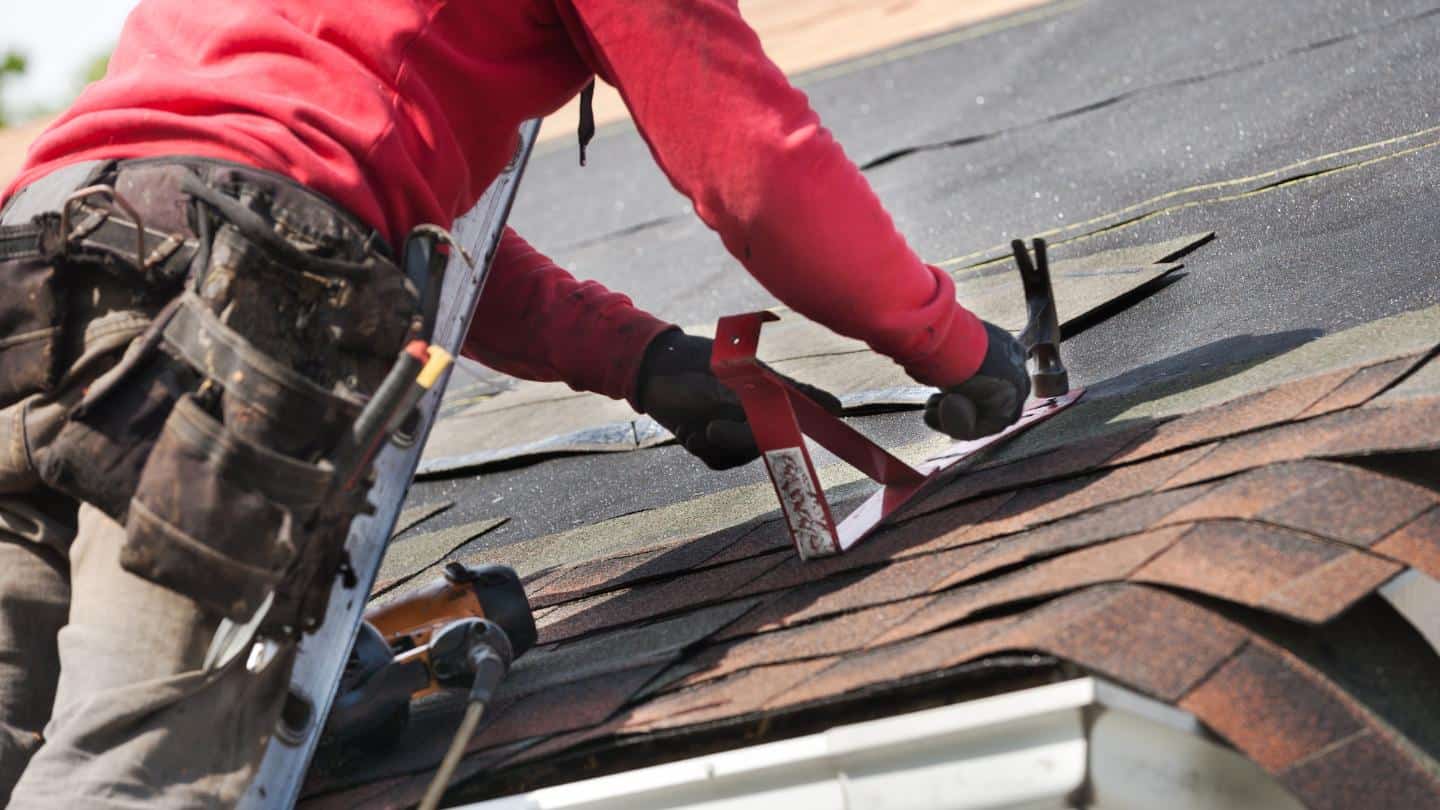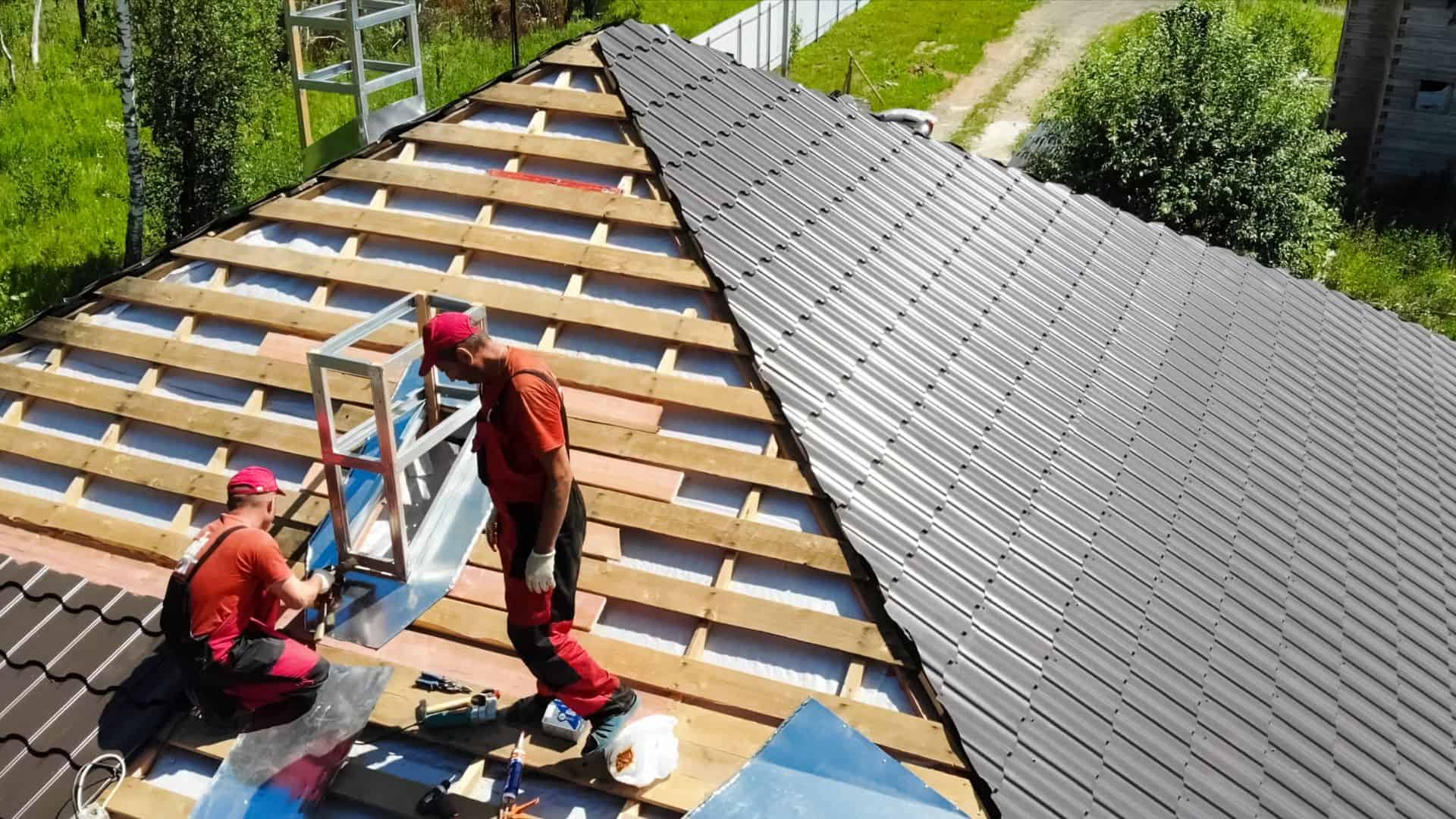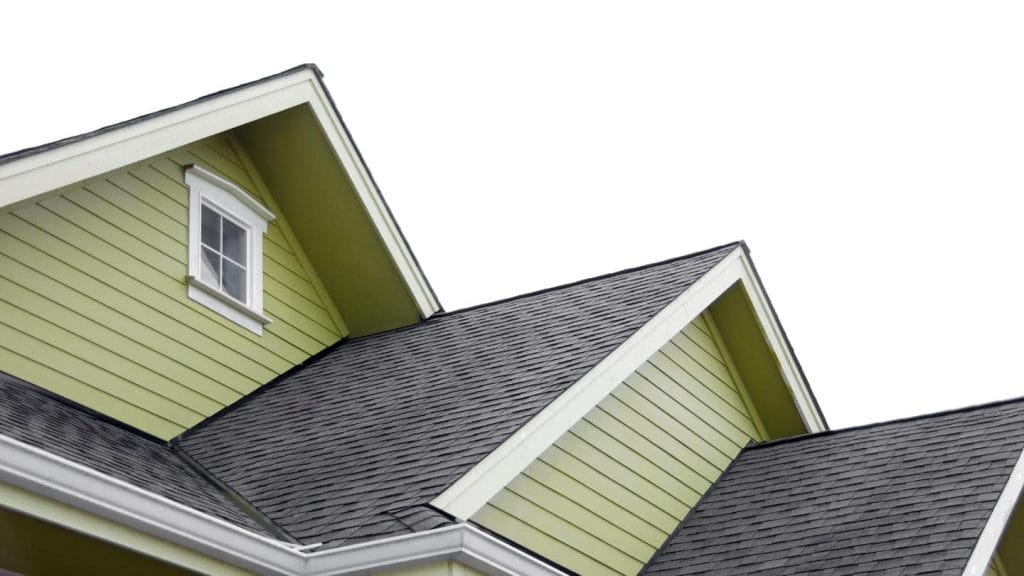So, you’re considering a new roof for your home? That’s a big project and a significant investment. Understanding the costs involved is crucial in making an informed decision. This article will offer an in-depth breakdown of what it might cost to replace your roof, including labor charges, material options, hidden expenses, as well as the impact of various factors such as geographic location and roof size.
But remember that every roofing job is unique. Costs can vary greatly depending on your specific circumstances – from the condition of your current roof to the complexity and size of its design. And don’t forget about future maintenance costs! Stick with us as we delve deep into each aspect so that there are no surprises when you start getting quotes for this important home improvement project.
Evaluating the Condition of Your Current Roof
Before you dive into the cost specifics, it’s crucial to evaluate the condition of your current roof – this will help determine whether a repair could solve your issue or if a complete replacement is necessary. Start by considering the roof lifespan. On average, asphalt shingle roofs last about 20-25 years, while metal or tile roofs can last 50 years or more. If your roof is nearing its expected lifespan and showing signs of wear and tear like missing shingles or visible leaks, then it may be time for a new one.
Next comes inspection techniques. It’s not just about looking at the surface; you should also check for issues inside your home like water stains on ceilings or walls which might indicate a leaky roof. Additionally, consider hiring a professional inspector who can identify less obvious problems such as structural damage that could necessitate immediate replacement. Remember that putting off necessary repairs could lead to more costly damages down the line, so it’s essential to address any roofing issues promptly.
Selecting the Right Materials for Your Project

Choosing the perfect materials for your project isn’t just about aesthetics, it’s a decision that can impact the longevity and performance of your home. Material longevity is crucial – you don’t want to invest in a new roof only to have it deteriorate prematurely. Consider materials like metal or slate which are known for their durability and long lifespan. Asphalt shingles, on the other hand, are less expensive but may not last as long due to weathering and other environmental factors.
Energy efficiency considerations should also factor into your decision-making process. A well-chosen roofing material can help keep your home cooler in the summer and warmer in the winter, potentially saving you significant money on energy bills over time. For instance, metal roofs reflect solar radiant heat, reducing cooling costs by up to 25%. Meanwhile, tile roofs have excellent insulating properties that can help keep your home warm during colder months. So remember – when selecting materials for your new roof, think beyond just cost and appearance; consider how they will perform in terms of longevity and energy efficiency too!
Labor Charges Associated with Roof Installation
When you’re planning for a roof installation, it’s important to remember that labor charges can significantly impact your overall budget. The process of installing a new roof is labor-intensive and requires skilled professionals, which is why contractor selection plays a pivotal role in determining the costs. Factors such as the complexity of your roofing project, the size of your roof, and even local regulations can affect how much you’ll need to set aside for labor.
You should also consider skill assessment when selecting a contractor; after all, you’re investing not only in materials but also in craftsmanship. A less experienced crew may offer lower rates, but they might take longer or make mistakes that could end up costing more in the long run. On the other hand, highly skilled contractors will likely charge more upfront, but their expertise could save you money by getting it right the first time and completing work efficiently.
Potential Hidden Expenses
You’ll want to keep an eye out for potential hidden expenses that can throw a wrench in your budgeting plans. Unexpected damages, for instance, can significantly inflate the cost of your new roof. If the roofing contractor discovers structural issues or rot when they strip off the old roof, you’re going to be on the hook for those repairs. Similarly, if they encounter unforeseen complications like insect infestations or water damage that wasn’t visible during the initial inspection, those costs will also fall to you.
Insurance considerations should also factor into your planning. While homeowner insurance policies sometimes cover part of a roof replacement due to storm damage or other catastrophes, they often don’t cover wear and tear from age. That means if your old roof was simply past its prime, you could be solely responsible for footing the bill. Furthermore, some insurers may only pay depreciated value rather than full replacement cost – so it’s crucial that you carefully review your policy before beginning any work.
Understanding the Role of Geographic Location
Geographic location plays a pivotal role in the financial planning of your roofing project, painting a vivid picture of how factors like local labor rates and regional weather patterns can significantly influence the final bill. Depending on where you live, your roofing costs could be higher or lower than the national average due to differences in labor costs. For instance, areas with high cost of living tend to have pricier labor charges which directly impacts your roof replacement budget. Moreover, climate impact also comes into play as certain regions experience harsher weather conditions that demand for more durable (and often more expensive) roofing materials.
In addition to labor rates and climate impact, local regulations can also affect your overall expenses. Various municipalities have distinct building codes specifying types of materials allowed or required safety measures during installation which may require additional costs. Similarly, some locations mandate specific permits before initiating any construction work including roof replacements – these fees add up to your total expenditure. Therefore, it’s critical to understand these geographical factors when setting up a budget for your new roof; not only will this help you avoid unexpected surprises but it’ll also ensure you’re fully prepared for all potential expenses related to the project.
The Impact of Roof Size and Complexity

Your house’s roof size and complexity undeniably have a direct influence on your final bill. The larger the roof, the more materials and labor required to complete the job, hence a higher cost. Roofing aesthetics also play into this equation; complex designs often need special or extra materials which can escalate costs. For instance, if you opt for intricate patterns or unique architectural elements that demand highly skilled labor, expect your roofing expenses to rise significantly.
Complex roofs aren’t just about fancy looks; they can also provide better insulation efficiency. A well-designed roof with multiple layers and slopes can keep your home cooler in summer and warmer in winter, potentially saving you money on energy bills in the long run. However, installing such a system involves additional work and materials which will be reflected in your initial outlay. Always consider these factors when deciding on a new roof – it might initially seem an expensive choice but could pay off over time through improved efficiency and lower utility bills.
Planning for Future Maintenance Costs
Planning ahead for future maintenance expenses is a savvy move when investing in a home improvement project like roofing. It’s not enough to only consider the upfront costs of getting a new roof, as roofs also demand regular upkeep to prolong their lifespan and maintain their effectiveness. In fact, some would argue that this aspect is just as crucial in your budgeting strategies. Overlooking it may lead to unexpected and potentially hefty repair bills down the line.
Setting aside an emergency fund for potential repairs or replacements can give you peace of mind knowing that you’re prepared if anything goes wrong with your new roof. This doesn’t mean you should expect problems—most roofs are built to last for many years—but being financially prepared can prevent minor issues from snowballing into major complications. So, while calculating your new roof cost, remember to factor in future maintenance expenditure—it’ll pay off in the long run!
Conclusion
In conclusion, remember that a new roof’s cost isn’t just about materials and labor. Don’t overlook potential hidden expenses, the role of your location, or the size and complexity of your roof.
Think ahead too – future maintenance costs can add up. So do your homework, weigh all factors carefully, and you’ll be ready to take on this significant home improvement project with confidence.














